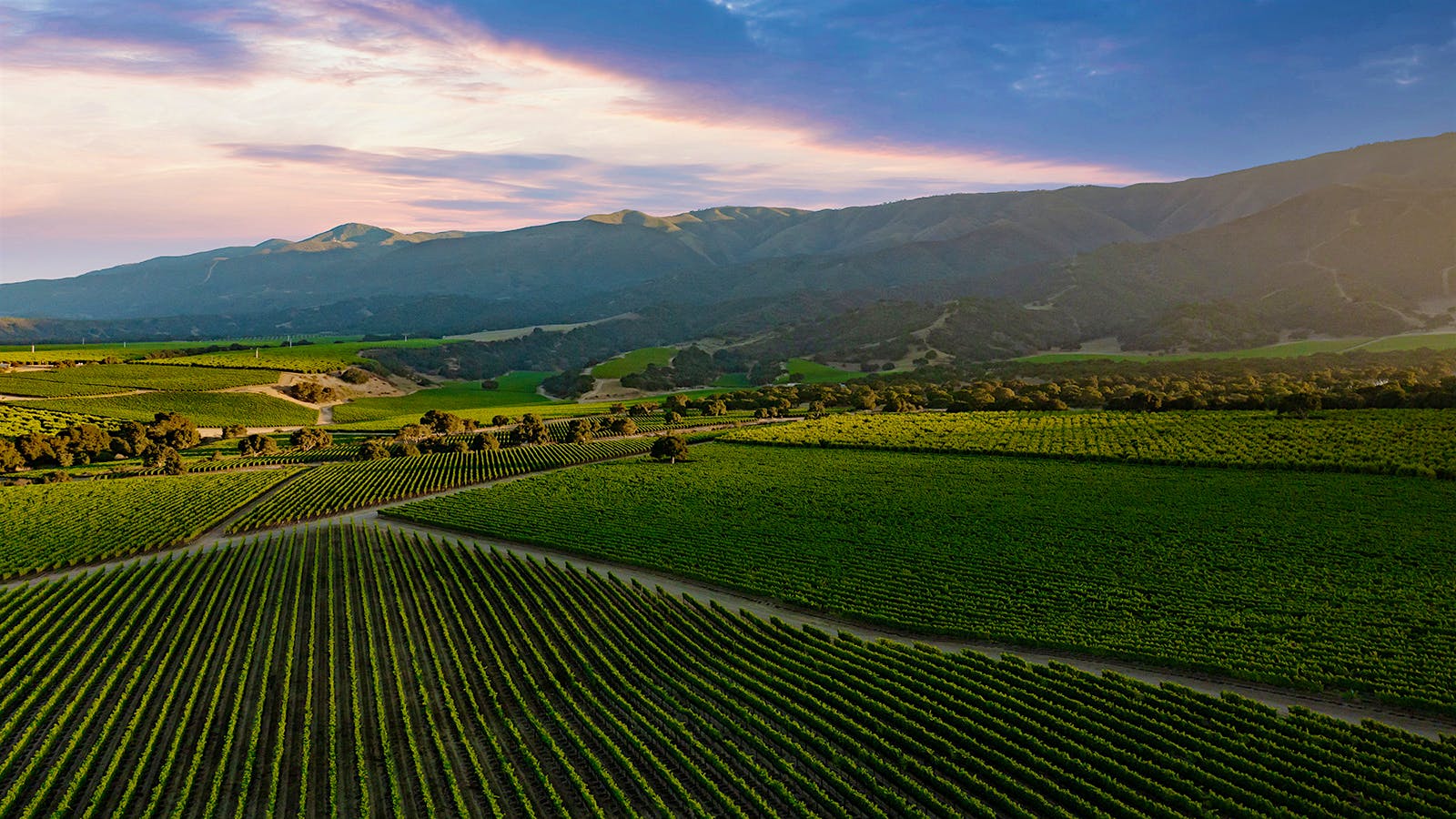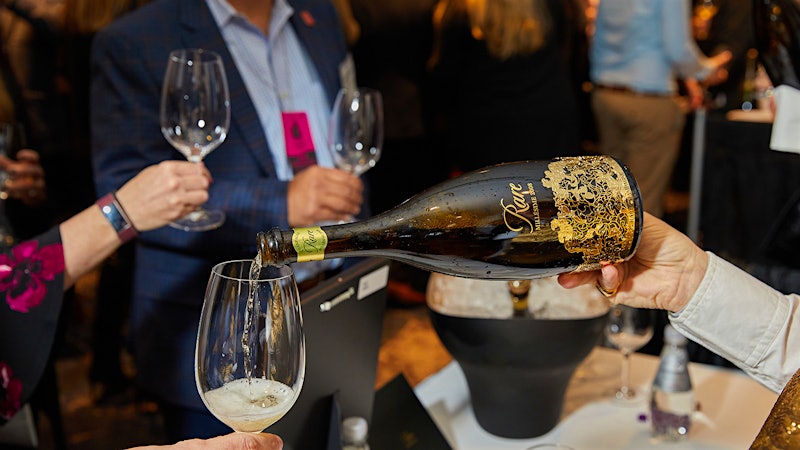I mentioned in passing to my colleague Robert Taylor the other week that Rombauer Vineyards, a company that wine lovers instantly associate with California Chardonnay, was introducing a Pinot Noir this month. Rob answered, "Wait, they don't already make a Pinot Noir?"
His confusion is understandable. Founded by Koerner Rombauer in 1980 and now owned by his heirs, Rombauer produces roughly 350,000 cases of wine a year—no tiny amount. And while the winery is best known for its Chardonnay, which helped define modern California Chardonnay as big, rich and bold, it also produces outstanding Sauvignon Blanc, Cabernet Sauvignon and Zinfandel, and even a bit of Barbera.
Company president Bob Knebel told me that their wine club customers have been asking for a Pinot Noir for years. So why the wait?
As Knebel explained, this is still a family-run company, owned by Koerner’s kids, and they don't rush on anything. While other California wineries of their size have grown rapidly—and some have either sold or gone public—they're happy to be cautious and keep loyal customers happy.
Now that they have released a Pinot Noir, that cerebral approach is even more clear. They own 900 acres of vines in appellations from Carneros to Napa’s Atlas Peak to the Sierra Foothills, and could have easily purchased Pinot Noir grapes from another well-known area, such as the Russian River Valley or Sonoma Coast. Instead, they opted for the Santa Lucia Highlands (SLH), a sliver of land 17 miles long and one mile wide that rises between Monterey and the Pacific Ocean.
Their winemaking consultant on this project sold them on SLH. Adam Lee has been sourcing Pinot Noir from vineyards there for decades now, first for Siduri, the Pinot Noirfocused startup he launched with his then-wife Dianna Novy. They spent years traveling to vineyards from Santa Barbara to Oregon, looking for the best Pinot.
Adam and I have known each other since I first started writing about wine, and in all the time we've spent together, he has only introduced me to two of his grapegrowers: the Garys, both from SLH. Gary Franscioni and Gary Pisoni both own vineyards in SLH that produce wonderful fruit. The Pinot has a distinct profile that you don't find anywhere else; I always taste savory notes and a hint of anise.
Lee credits the climate for that. Salinas, downhill from the Santa Lucis Highlands, is a giant funnel that sucks in cold Pacific winds. When California's Central Valley heats up mid-day, it pulls in the cooler Pacific air through the Salinas Valley.
"Any place I've ever lived, normally 3:00 to 4:00 in the afternoon is hot," says Lee. "Here it's 12:30 or 1:00, then it gets windy and cool and that shuts the vines down and gives you a long hang time. It's not unusual for us to have grapes on the vine for 130 to 140 days, which is huge." Long hang time, he argues, gives the grapes greater complexity.
Lee and Novy sold Siduri in 2015 to Jackson Family Wines, and he consulted for them for several years. He could have sat back, but that doesn't fit with his restless style. A few years ago, he started a small label called Clarice, which depends almost completely on wine-club sales. He then launched Beau Marchais, a boutique Pinot Noir label he produced with famed Rhône Valley consultant Philippe Cambie until Cambie died in late 2021.
![Adam Lee and Richie Allen]](https://mshanken.imgix.net/wso/bolt/2023-03/mc_rombblend030223_1600.jpg?auto=compress,format,&sharp=5&vib=20&q=70&w=320 320w,https://mshanken.imgix.net/wso/bolt/2023-03/mc_rombblend030223_1600.jpg?auto=compress,format,&sharp=5&vib=20&q=70&w=320 640w,https://mshanken.imgix.net/wso/bolt/2023-03/mc_rombblend030223_1600.jpg?auto=compress,format,&sharp=5&vib=20&q=70&w=384 768w,https://mshanken.imgix.net/wso/bolt/2023-03/mc_rombblend030223_1600.jpg?auto=compress,format,&sharp=5&vib=20&q=70&w=828 828w)
When I asked him why he partnered with Rombauer, he said he wanted to produce a lower-cost Pinot Noir that could reach more consumers. I pointed out that Rombauer's 2021 SLH Pinot is priced at $65 a bottle and they made just 4,200 cases—not exactly a bargain brand. He laughed. "Growing Pinot and making Pinot is not an inexpensive endeavor," he said. "But it's also not going to be in the triple-digit range, like so many of the great Pinots." He added that he and Richie Allen, Rombauer's head winemaker, plan to grow. They've already upped their goals for the next vintage.
I leave it to my colleague James Molesworth to rate the wine and share his thoughts. But I am intrigued by Rombauer's approach, cautiously expanding but taking a risk on a region most consumers don't know. Part of me is rooting for the Santa Lucia Highlands and its dedicated farmers to finally grab the attention their grapes deserve.













